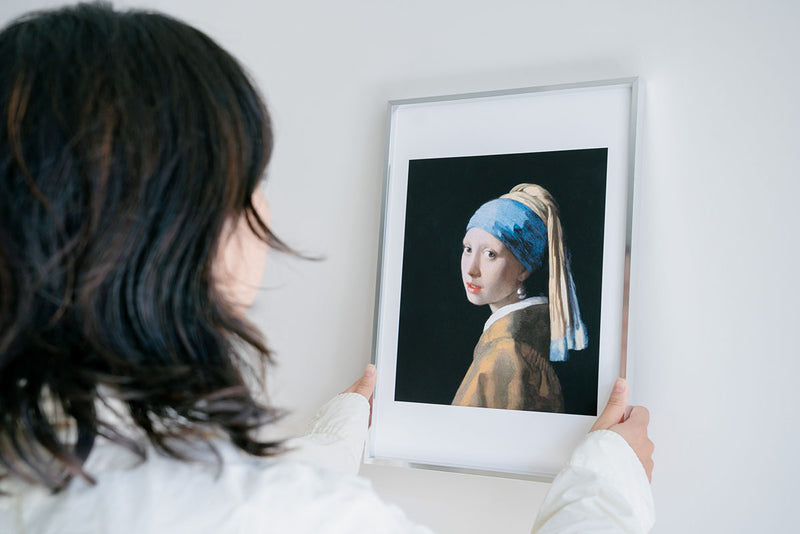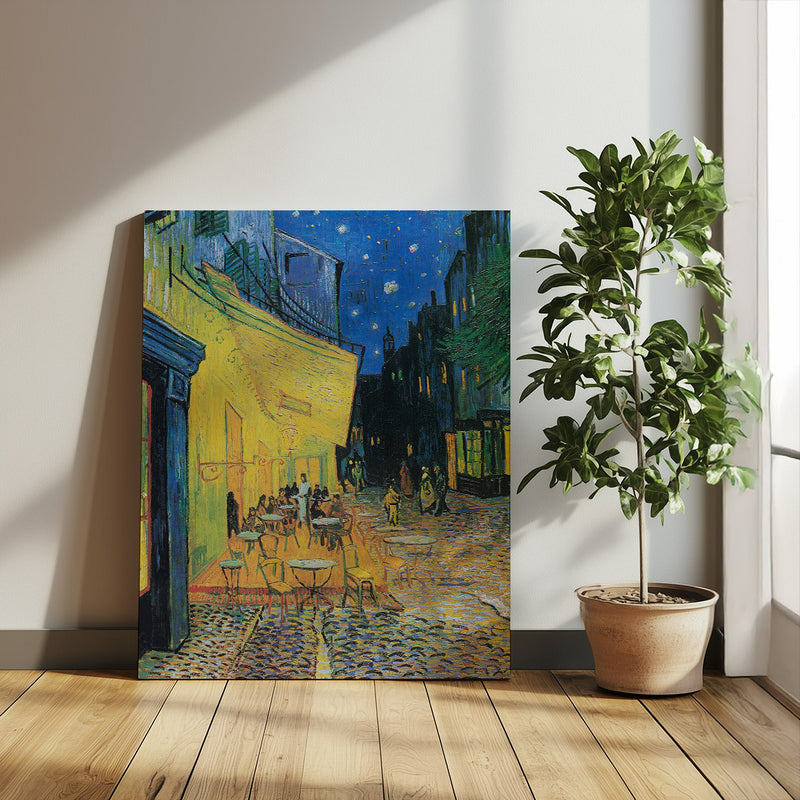-

Umberto Boccioni
Umberto Boccioni(ウンベルト ボッチョーニ )
The Reaper - ウンベルト ボッチョーニ Memo.
Sale price ¥2,800 Regular price ¥3,480Unit price /UnavailableUmberto Boccioni(ウンベルト ボッチョーニ )
The Mother - ウンベルト ボッチョーニ Memo.
Sale price ¥2,800 Regular price ¥3,480Unit price /UnavailableUmberto Boccioni(ウンベルト ボッチョーニ )
The City Rises - ウンベルト ボッチョーニ Memo.
Sale price ¥2,800 Regular price ¥3,480Unit price /UnavailableUmberto Boccioni(ウンベルト ボッチョーニ )
The City Rises - ウンベルト ボッチョーニ Memo.
Sale price ¥2,800 Regular price ¥3,480Unit price /UnavailableUmberto Boccioni(ウンベルト ボッチョーニ )
The City Rises - ウンベルト ボッチョーニ Memo.
Sale price ¥2,800 Regular price ¥3,480Unit price /UnavailableUmberto Boccioni(ウンベルト ボッチョーニ )
Study from Pontormo - ウンベルト ボッチョーニ Memo.
Sale price ¥2,800 Regular price ¥3,480Unit price /UnavailableUmberto Boccioni(ウンベルト ボッチョーニ )
Kneeling Allegorical Figure - ウンベルト ボッチョーニ Memo.
Sale price ¥2,800 Regular price ¥3,480Unit price /UnavailableUmberto Boccioni(ウンベルト ボッチョーニ )
Interior with Two Female Figures - ウンベルト ボッチョーニ Memo.
Sale price ¥2,800 Regular price ¥3,480Unit price /UnavailableUmberto Boccioni(ウンベルト ボッチョーニ )
Dynamism of a Human Body - ウンベルト ボッチョーニ Memo.
Sale price ¥2,800 Regular price ¥3,480Unit price /UnavailableUmberto Boccioni(ウンベルト ボッチョーニ )
Drawing After 'States of Mind: The Farewells' - ウンベルト ボッチョーニ Memo.
Sale price ¥2,800 Regular price ¥3,480Unit price /UnavailableUmberto Boccioni(ウンベルト ボッチョーニ )
Carlo Carrá - ウンベルト ボッチョーニ Memo.
Sale price ¥2,800 Regular price ¥3,480Unit price /UnavailableUmberto Boccioni(ウンベルト ボッチョーニ )
Carlo Carrá - ウンベルト ボッチョーニ Memo.
Sale price ¥2,800 Regular price ¥3,480Unit price /UnavailableUmberto Boccioni(ウンベルト ボッチョーニ )
Order Valium Online for Low-Cost Delivery - ウンベルト ボッチョーニ Memo.
Sale price ¥2,800 Regular price ¥3,480Unit price /UnavailableUmberto Boccioni(ウンベルト ボッチョーニ )
Landscape (mountains) - ウンベルト ボッチョーニ Memo.
Sale price ¥2,800 Regular price ¥3,480Unit price /UnavailableUmberto Boccioni(ウンベルト ボッチョーニ )
Ferruccio Busoni - ウンベルト ボッチョーニ Memo.
Sale price ¥2,800 Regular price ¥3,480Unit price /UnavailableUmberto Boccioni(ウンベルト ボッチョーニ )
The Charge of the Lancers - ウンベルト ボッチョーニ Memo.
Sale price ¥2,800 Regular price ¥3,480Unit price /UnavailableUmberto Boccioni(ウンベルト ボッチョーニ )
Simultaneous Nude - ウンベルト ボッチョーニ Memo.
Sale price ¥2,800 Regular price ¥3,480Unit price /UnavailableUmberto Boccioni(ウンベルト ボッチョーニ )
Sale price ¥2,800 Regular price ¥3,480Unit price /UnavailableUmberto Boccioni(ウンベルト ボッチョーニ )
Plastic synthesis - seated person - ウンベルト ボッチョーニ Memo.
Sale price ¥2,800 Regular price ¥3,480Unit price /UnavailableUmberto Boccioni(ウンベルト ボッチョーニ )
Horse+Rider+Houses - ウンベルト ボッチョーニ Memo.
Sale price ¥2,800 Regular price ¥3,480Unit price /UnavailableUmberto Boccioni(ウンベルト ボッチョーニ )
Under the Pergola at Naples - ウンベルト ボッチョーニ Memo.
Sale price ¥2,800 Regular price ¥3,480Unit price /UnavailableUmberto Boccioni(ウンベルト ボッチョーニ )
The Street Pavers - ウンベルト ボッチョーニ Memo.
Sale price ¥2,800 Regular price ¥3,480Unit price /UnavailableUmberto Boccioni(ウンベルト ボッチョーニ )
The Drinker - ウンベルト ボッチョーニ Memo.
Sale price ¥2,800 Regular price ¥3,480Unit price /UnavailableUmberto Boccioni(ウンベルト ボッチョーニ )
Plastic Dynamism: Horse+House - ウンベルト ボッチョーニ Memo.
Sale price ¥2,800 Regular price ¥3,480Unit price /UnavailableUmberto Boccioni(ウンベルト ボッチョーニ )
Dynamism of a Woman's Head - ウンベルト ボッチョーニ Memo.
Sale price ¥2,800 Regular price ¥3,480Unit price /UnavailableUmberto Boccioni(ウンベルト ボッチョーニ )
Dimensional shapes of a horse - ウンベルト ボッチョーニ Memo.
Sale price ¥2,800 Regular price ¥3,480Unit price /UnavailableUmberto Boccioni(ウンベルト ボッチョーニ )
Unique Forms of Continuity in Space - ウンベルト ボッチョーニ Memo.
Sale price ¥2,800 Regular price ¥3,480Unit price /UnavailableUmberto Boccioni(ウンベルト ボッチョーニ )
Nude (complementary model of form-color) - ウンベルト ボッチョーニ Memo.
Sale price ¥2,800 Regular price ¥3,480Unit price /UnavailableUmberto Boccioni(ウンベルト ボッチョーニ )
Glass and Syphon - ウンベルト ボッチョーニ Memo.
Sale price ¥2,800 Regular price ¥3,480Unit price /UnavailableUmberto Boccioni(ウンベルト ボッチョーニ )
Dynamism of the human body: Boxer - ウンベルト ボッチョーニ Memo.
Sale price ¥2,800 Regular price ¥3,480Unit price /UnavailableUmberto Boccioni(ウンベルト ボッチョーニ )
Dynamism of the Human Body - ウンベルト ボッチョーニ Memo.
Sale price ¥2,800 Regular price ¥3,480Unit price /UnavailableUmberto Boccioni(ウンベルト ボッチョーニ )
Dynamism of racing horse - ウンベルト ボッチョーニ Memo.
Sale price ¥2,800 Regular price ¥3,480Unit price /UnavailableUmberto Boccioni(ウンベルト ボッチョーニ )
Dynamism of a Soccer Player - ウンベルト ボッチョーニ Memo.
Sale price ¥2,800 Regular price ¥3,480Unit price /UnavailableUmberto Boccioni(ウンベルト ボッチョーニ )
Dynamism of a man's head - ウンベルト ボッチョーニ Memo.
Sale price ¥2,800 Regular price ¥3,480Unit price /UnavailableUmberto Boccioni(ウンベルト ボッチョーニ )
Dynamism of a Human Body - ウンベルト ボッチョーニ Memo.
Sale price ¥2,800 Regular price ¥3,480Unit price /Unavailable











































